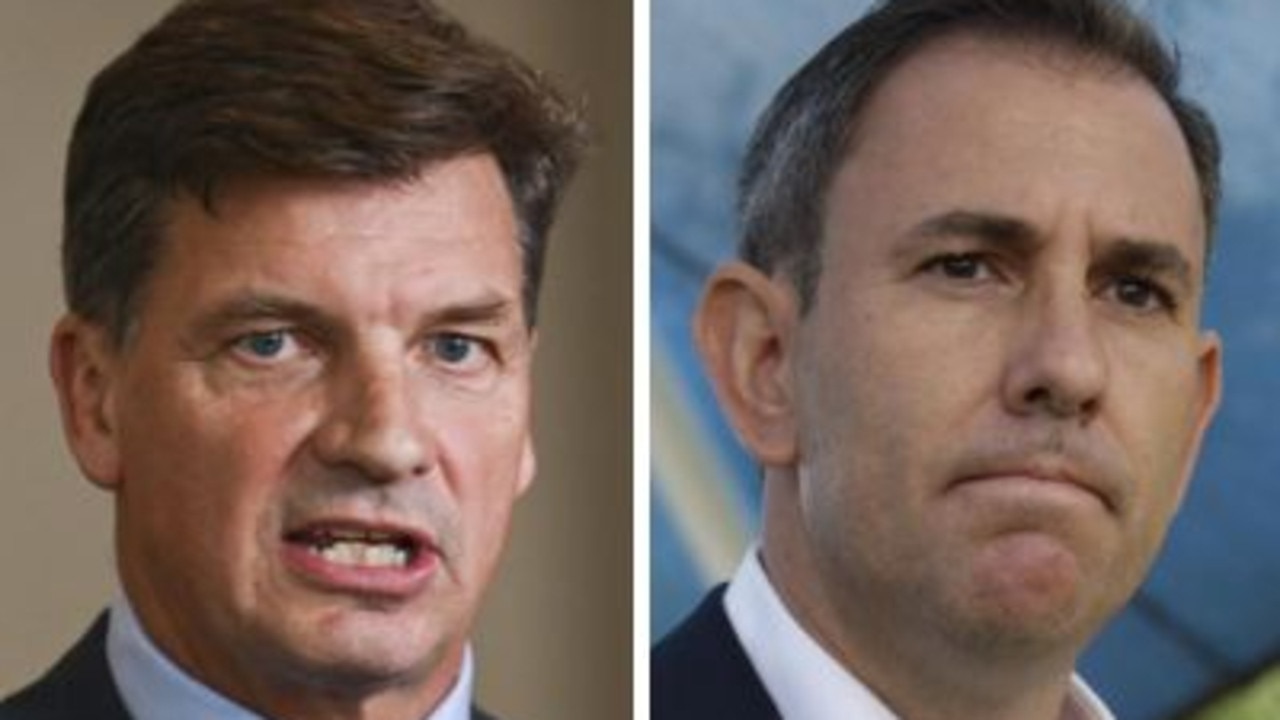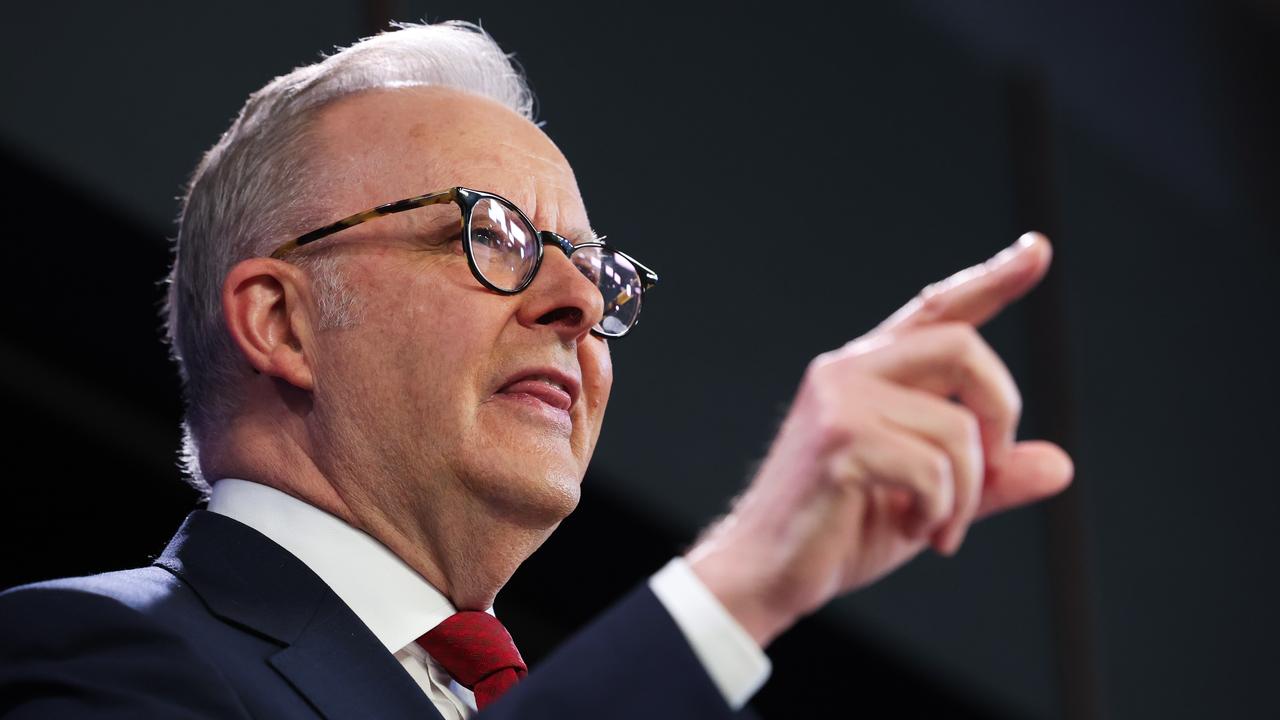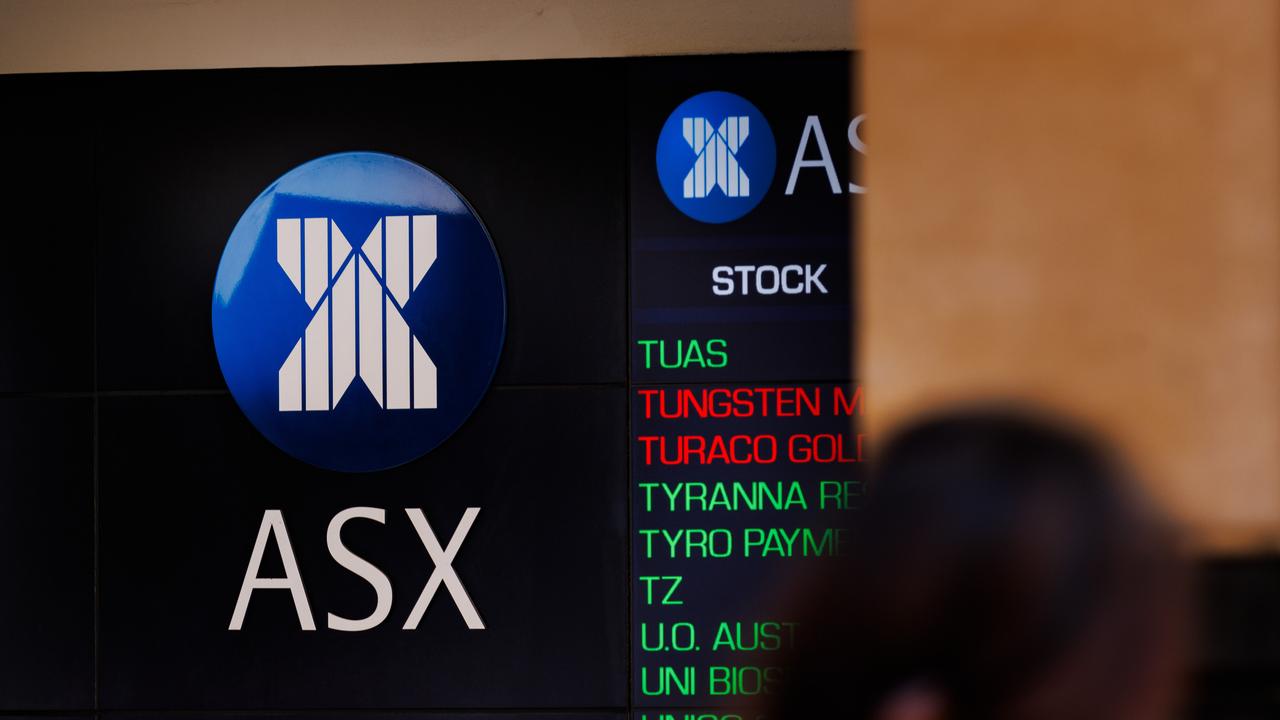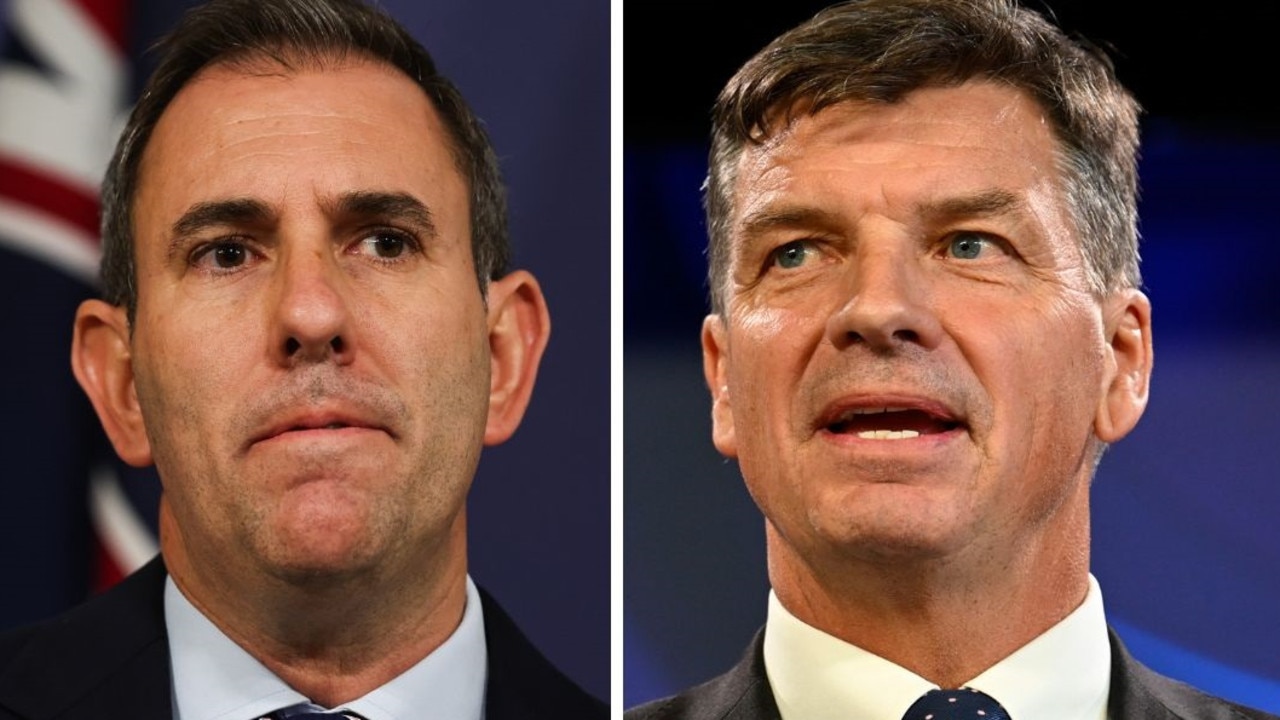Why the government is in big trouble
BALANCING the Budget has just become a lot harder. If Joe Hockey can get it right — he really will deserve that cigar. Here’s what he’s up against.
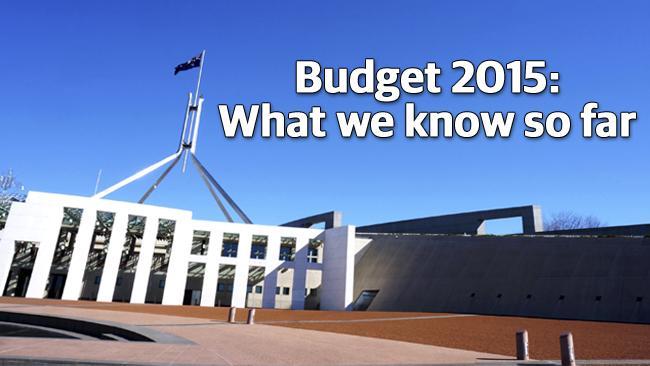
Fed Budget
Don't miss out on the headlines from Fed Budget. Followed categories will be added to My News.
PRIME Minister Tony Abbott and Treasurer Joe Hockey are dealing with old issues and new problems as they put together their second Budget in an atmosphere greatly different to their first last May.
They will again have to manage the bills coming in from a big-spending government. But this time it’s not Labor’s, it’s their own.
When spending is expressed as a proportion of GDP — economic output — the Abbott Government is the most profligate for two decades. All this at a time when the tax revenue stream is becoming shallower.
Here are six problems the Prime Minister and the Treasurer will have to manage, and which were not a bother last May.
1. EMPLOYMENT
Unemployment has risen and that means more than extra payments for any extra people on the dole.
It means there are fewer people than is optimal are earning a wage and paying tax. So more spending, less revenue.
Last May the unemployment rate was 5.8 per cent. This March the figure was 6.1 per cent, a small drop from February which Employment Minister Eric Abetz said showed “the continued optimism in the labour market”.
However, there is little optimism on the wages front. The Government has been smothering wage claims in the public sector and even the military has been pegged to a rise which barely matches inflation.
Wage insecurity could mean those with jobs are hesitant about spending, again producing less tax revenue.
2. INTEREST RATES
As they say in the satirical movie Top Secret: “Things change, people change, hairstyles change, interest rates fluctuate.”
And those fluctuations, effectively beyond the control of government and with outcomes difficult to change, are important economic signboards.
Last May the official cash rate was 2.5 per cent. It stayed there until this February when the Reserve Bank cut it by 0.25 percentage points to 2.25 per cent. Mortgage rates are now around 5.65 per cent.
One problem for the Government is this low rate is stoking the residential property market, particularly in Sydney, the capital city which has the biggest individual chunk of the national economy.
The demand is pushing up prices so that any benefit of low cash rates to households looking for a house is limited. Mortgage costs in some areas continue to be a big burden on family finances, and the government can’t do much about it.
That’s good news for the Government and business borrowers can get cash at lower rates than last May, if they are confident of investing in the future.
3. CONSUMER CONFIDENCE
By most measures, the Budget last May ignited a contagion of financial nerves which reduced the preparedness of people to spend.
Consumer sentiment fell 3.2 per cent in April after a 1.2 per cent drop in March, according to a Melbourne Institute and Westpac survey released April 14.
Prime Minister Abbott used a speech that day to insist the Government had boosted business and buyer optimism: Retail sales had risen for nine consecutive months; housing approvals were up 14 per cent over the past year to near record levels; export volumes are up by seven per cent in the past year; new company registrations in 2014 were highest on record, most of them small business.
However, this month’s consumer index reading of 96.2 per cent was 3.5 per cent lower than that recorded last April — just before that Budget. And the decline countered in large part an eight per cent rise in February which had followed an interest-rate cut.
Westpac’s chief economist Bill Evans linked the consumer jitters directly to apprehension about the coming Budget.
“We must recognise that confidence is again looking vulnerable heading into the Budget announcement next month,” he said.

4. IRON ORE
Over the past 12 months Government reliance on wealth-generating mineral exports has abruptly gone from a Budget strength to a weakness.
Like a teenager who suddenly has had most of their allowance cut, the Federal Government is wondering how to pay for planned activities.
At the 2013 election, exported ore was getting $US120 a tonne. It’s fallen by some $US70 a tonne, costing the Budget about $30 billion over four years.
That’s the loss of tax revenue from iron ore sales — caused by decreased global demand lowering prices. And it has been a dramatic drop.
In January, Australia’s Bureau of Resources and Energy Economics (BREE) forecast that while iron ore exports would reach a record 747 million tonnes in 2014-15, the value of the exports would plummet by 24 per cent.
The bureau had been tipping a 2015 ore price of $US63 a tonne. That was an optimistic calculation which was soon out of date. So far this year the ore price has fallen to around $US40 and has struggled back to the vicinity of $US50.
6. CHINA SLOWS
Australia emerged from the global financial crisis without suffering a recession and the rest of the world needed our stuff to recover from their serious downturns. As long as major trading partners kept growing, the Federal Government’s revenue kept increasing.
However, the International Monetary Fund on April 14 warned that while developed economies would do better this year than in 2014, some in our trading group — apart from India — would struggle.
And in particular, China will be buying fewer of our exports than in the recent past.
Economic growth is expected to fall from 7.4 per cent in 2014 to 6.8 per cent in 2015, and 6.3 per cent in 2016. That’s still significant growth, a relatively high percentage of a massive economy. But for China, it is a slump.
For the first time since 1999, India will outgrow China with growth of 7.5 per cent, the IMF projects.
6. CROSS BENCH
The Senate was a relatively docile body when the Budget was delivered last May. That was before the July arrival of new chum senators elected in 2013.
Their arrival created a cross bench of eight, many of them feisty and not prepared to take orders.
The Government suddenly needed at least six of their votes to defeat any Labor/Greens combination to pass legislation. And that support was not always forthcoming.
Labor successfully raised the issue of “fairness” in the aftermath of the first Abbott/Hockey Budget and that is driving decision making among most of the cross bench senators as the second Budget approaches.
It is likely they will be even more rigorous in testing Budget measures than they were in 2014, and the Government will have to invest in more consultation with them.
That’s why Prime Minister Tony Abbott has had to stress the economic statement will be “responsible, measured and fair”. Because some who will decide its fate believe it won’t be.
Originally published as Why the government is in big trouble


